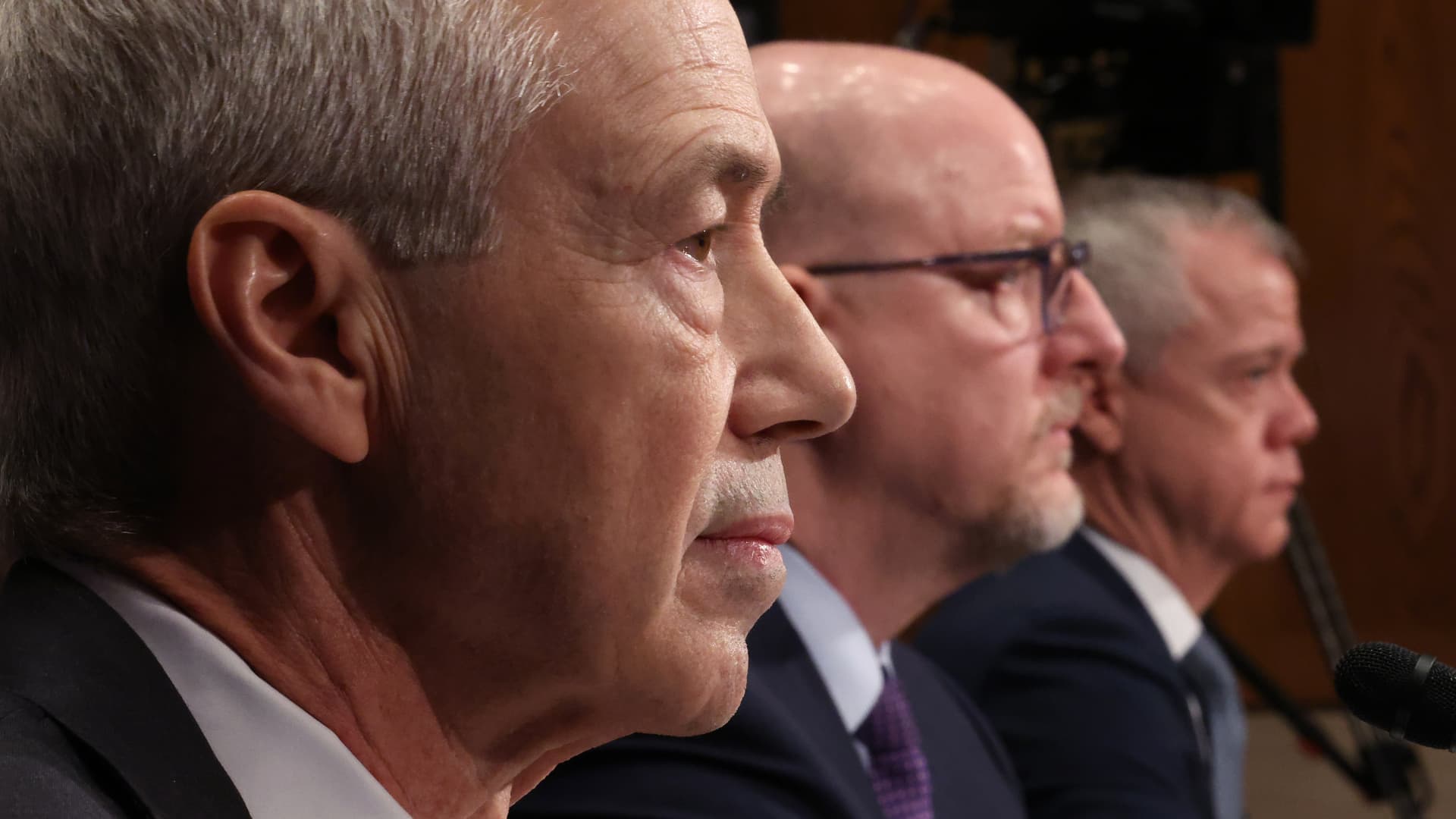The Japanese central bank raised interest rates on Tuesday for the first time since 2007, taking them above zero. It closes a chapter in its aggressive efforts to boost an economy that has long struggled with growth.
In 2016, the Bank of Japan took the unorthodox step of cutting borrowing costs below zero to boost borrowing and lending and boost the country’s stagnant economy. Negative interest rates – which the central banks of some European economies have also introduced – mean that depositors pay to keep their money in a bank, which incentivizes them to spend it instead.
But Japan’s economy has recently shown signs of stronger growth: inflation, which has been low for years, has accelerated, supported by above-average wage increases. Both are signs that the economy may be on a more sustainable growth path, allowing the central bank to tighten its interest rate policy, years after other major central banks quickly raised rates in response to a jump in inflation.
Even after Tuesday’s decision, interest rates in Japan remain far below those in the world’s other major industrialized countries. The Bank of Japan’s key interest rate was raised to 0.1 percent of minus 0.1 percent.
The central bank also scrapped a policy of buying Japanese government bonds to curb the rise in market interest rates and encourage cheap loans to businesses and households. The bank had slowly eased its policies over the past year, leading to higher interest rates on debt as the country’s growth prospects improved.
In many countries, a rise in inflation has plagued consumers and policymakers, but in Japan, which has often struggled with growth-sapping deflation, the recent price rise was welcomed by most economists. Japan’s stock market, bolstered by a positive economy and shareholder-friendly corporate reforms, has attracted huge sums of money from investors around the world and recently helped the Nikkei 225 index break a record high set since 1989.
The move away from negative interest rates, which are expected to help strengthen the country’s weak currency, is seen by investors as another important step in Japan’s turnaround.
“This is another milestone in the normalization of monetary policy in Japan,” said Arnout van Rijn, portfolio manager at Robeco, who built and led the Dutch fund manager’s Asia office for more than a decade. “As a long-time supporter of Japan, this is very significant.”
Bets on a rise in interest rates intensified this month after the Japan Federation of Trade Unions, the country’s largest union federation, said its seven million members would receive wage increases averaging over 5 percent this year, the largest annual negotiated increase since 1991 This led to an average wage increase of around 3.6 percent in 2023.
Before the results of the wage negotiations were announced, investors had expected the Bank of Japan to wait longer before raising interest rates.
Accelerating wage growth is a key sign to policymakers that the economy is strong enough to generate some inflation and can withstand higher interest rates. Like other major central banks, the Bank of Japan aims for an annual inflation rate of 2 percent; The rate has been at or above this rate for almost two years.
The rise in wages is a signal that companies and workers continue to expect higher prices, said Mr van Rijn. “People no longer believe prices will fall, so that impacts wage demands.”
Shizuka Nakamura, 32, a resident of Yokohama, a port city south of Tokyo, said she had noticed rising prices. “I feel the cost of living rising,” said Ms. Nakamura, who works in an administrative job at a construction company. She recently had a child.
“My friends who are around the same age as me and also have kids are all saying that things like diapers and baby food are getting more expensive,” she said.
The Bank of Japan’s interest rate move was also significant because it was the last major central bank to exit its negative interest rate policy. They and the central banks in Denmark, Sweden, Switzerland and the Eurozone have broken monetary policy taboos by pushing interest rates below zero – essentially meaning that depositors pay banks to hold their money and creditors get less in return, than they lend – to stimulate economic growth after the 2008 financial crisis. (Sweden ended negative interest rates in 2019 and the other European central banks followed in 2022.)
Negative central bank interest rates caused turmoil in global bond markets, with more than $18 trillion worth of debt trading at a negative yield at its peak in 2020. As inflation and economic growth have returned and central banks have raised their key interest rates – most far more aggressively than Japan’s – hardly any debt has a negative yield anymore.
Rising interest rates in Japan are making investing in the country relatively more worthwhile for investors, but the Federal Reserve’s target interest rate is still about five percentage points higher and the European Central Bank’s is four points higher. While foreign investors have begun funneling cash into the country, overseas returns are still attractive for Japanese investors, even as the Fed and ECB are expected to begin cutting interest rates, preventing a rapid repatriation of cash into Japan.
Central bankers in Japan have also suggested a slow change in policy, fearing that raising interest rates too quickly could slow growth before it takes hold.
Kiuko Notoya contributed reporting.
Source link
2024-03-19 03:48:57
www.nytimes.com














